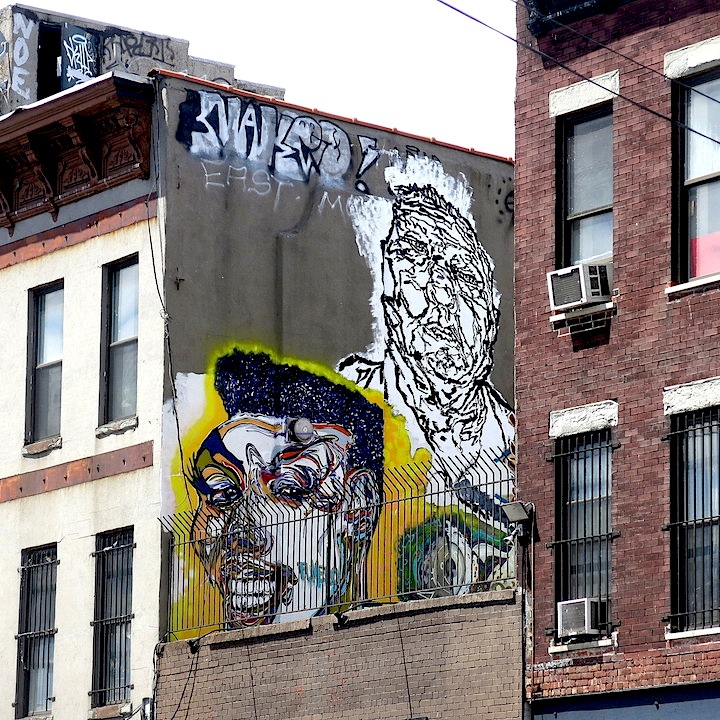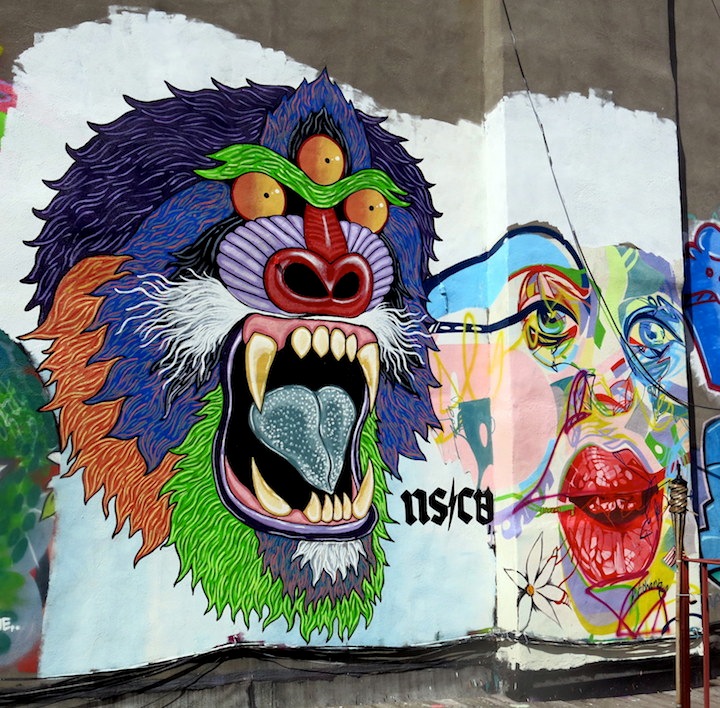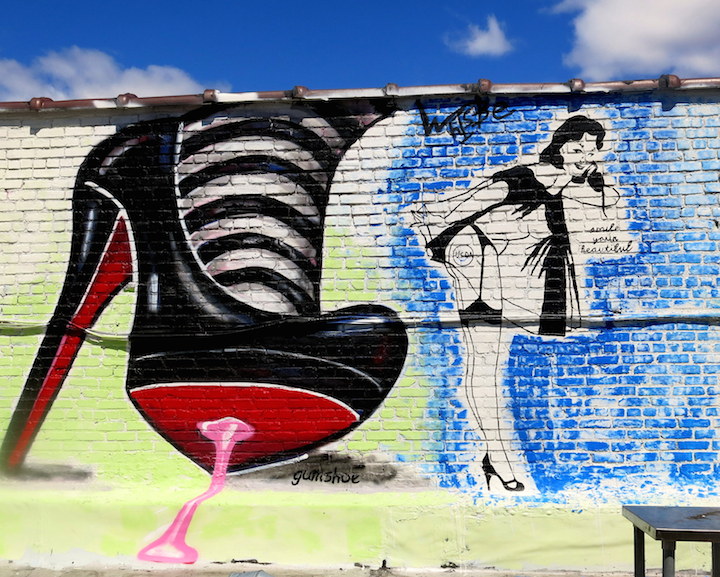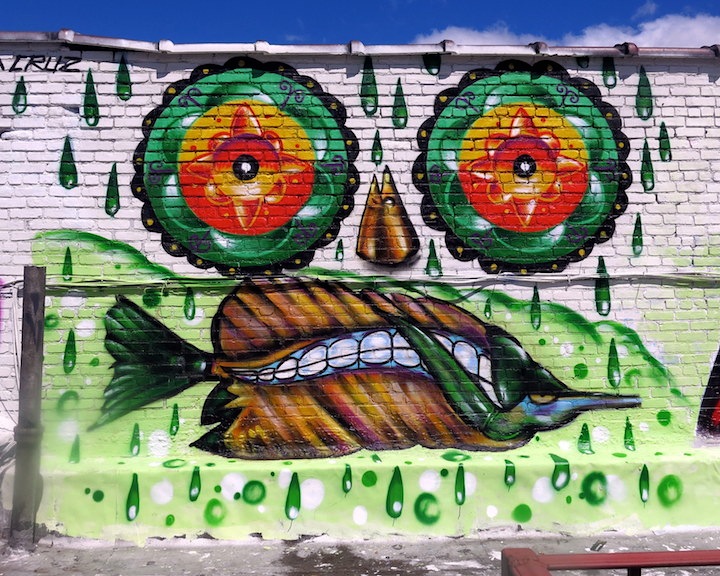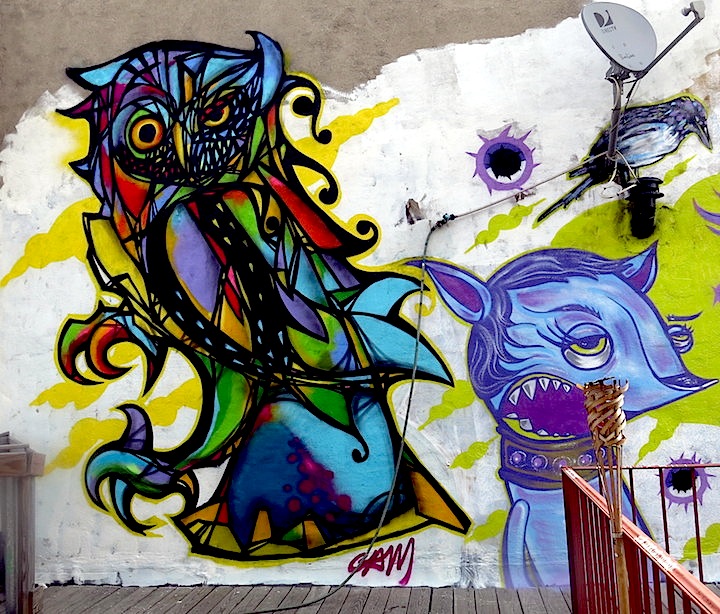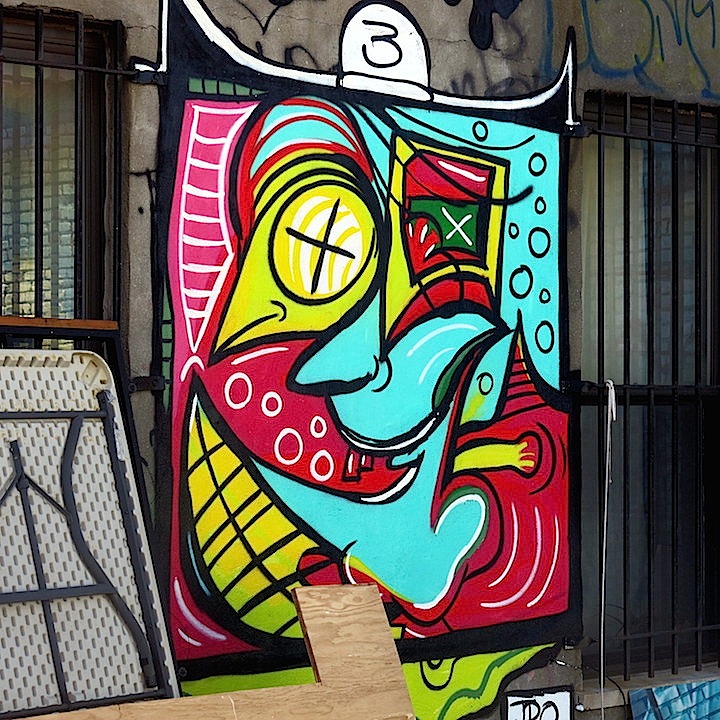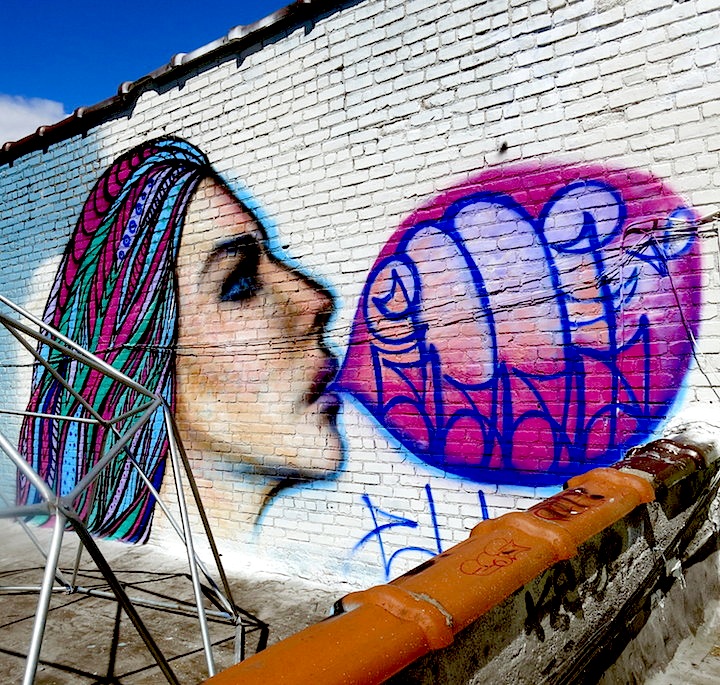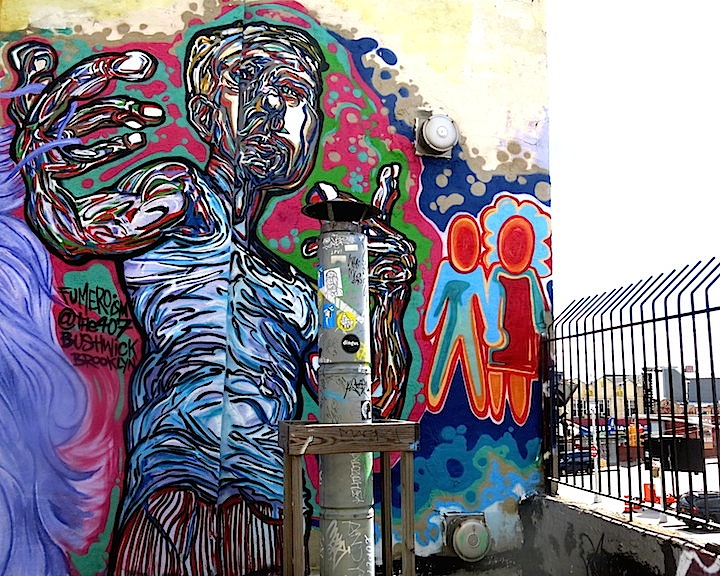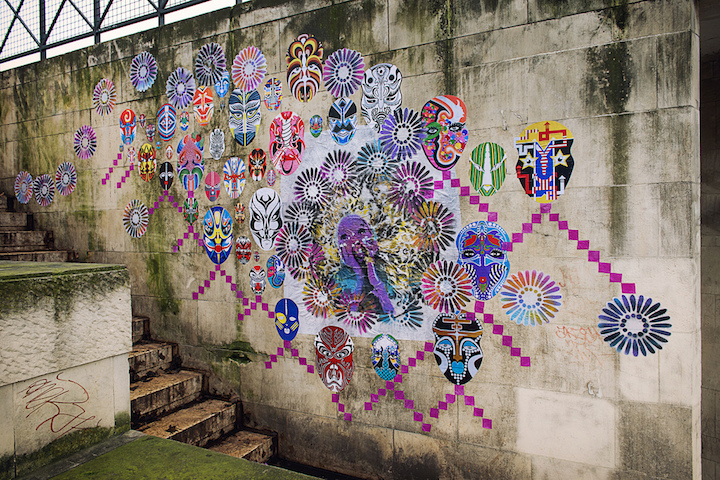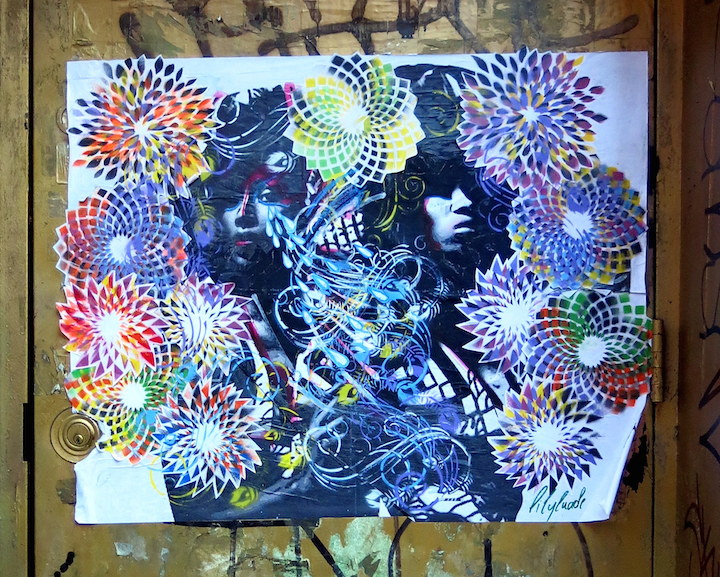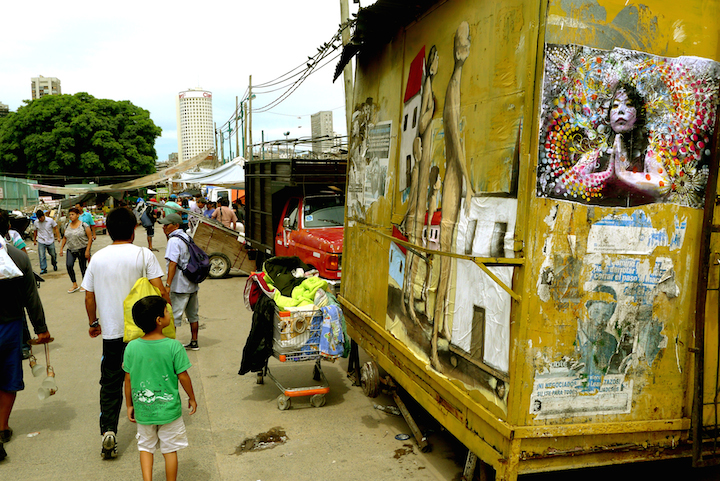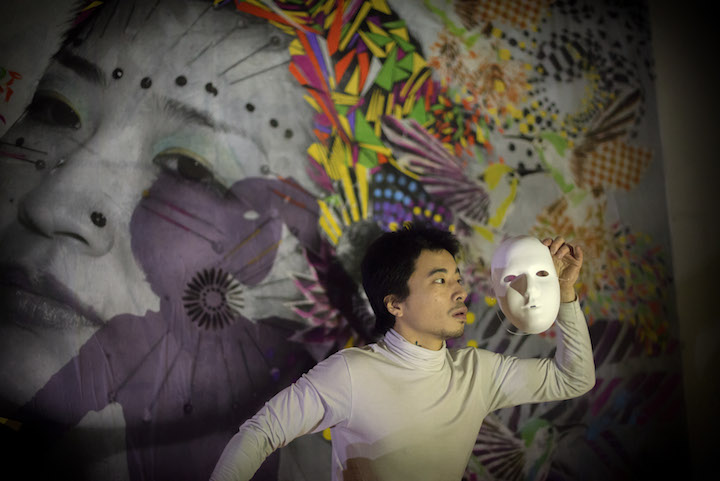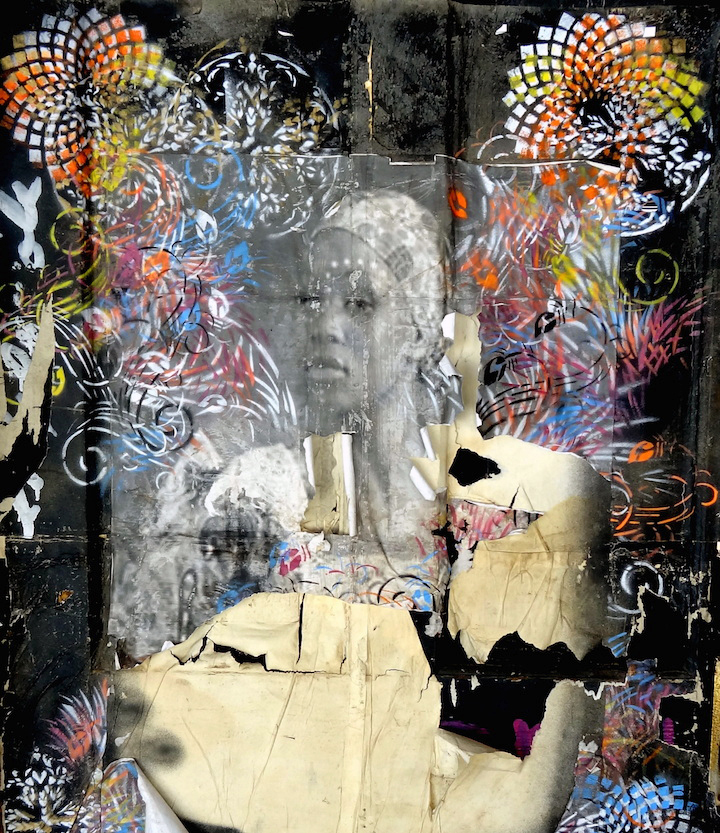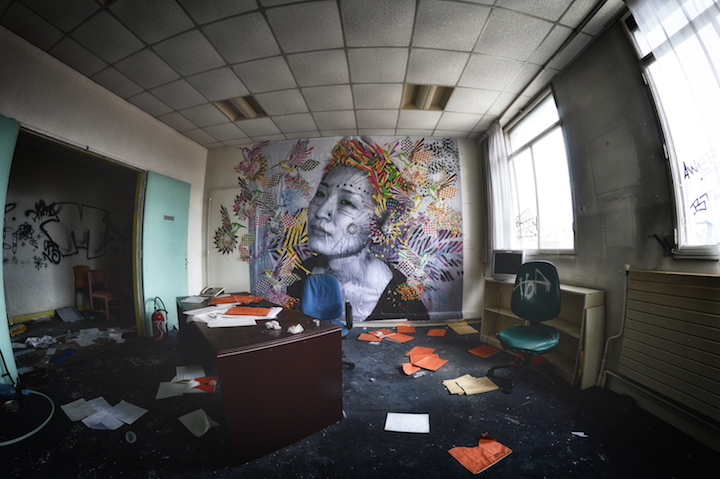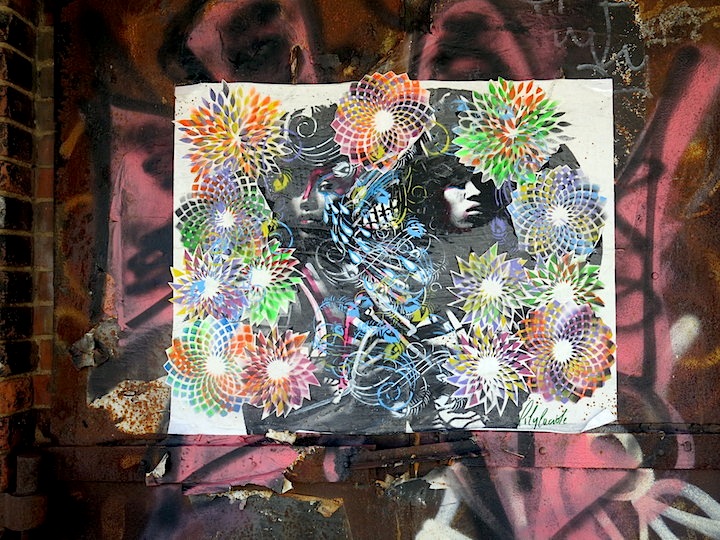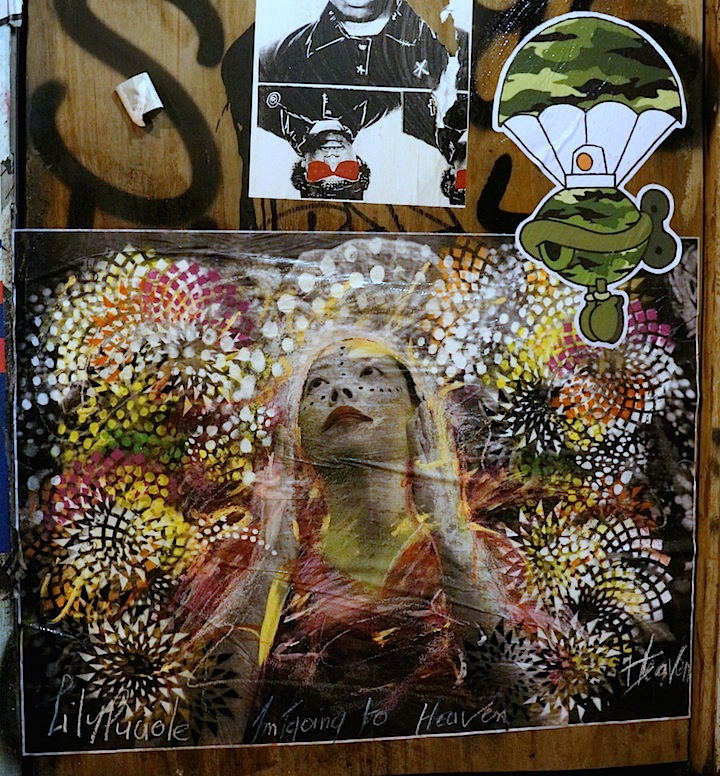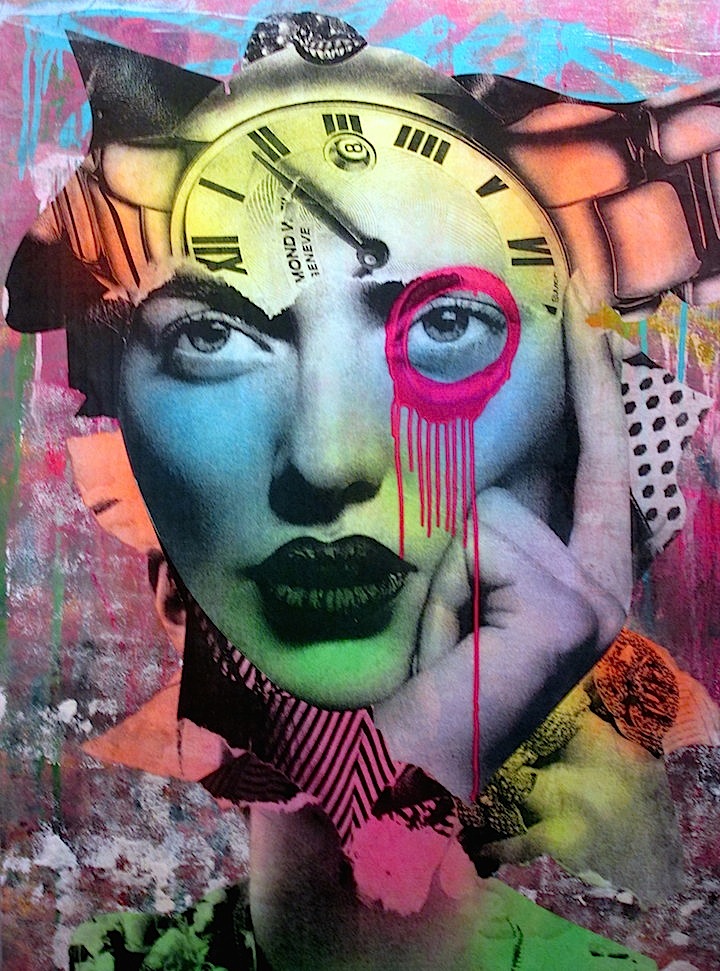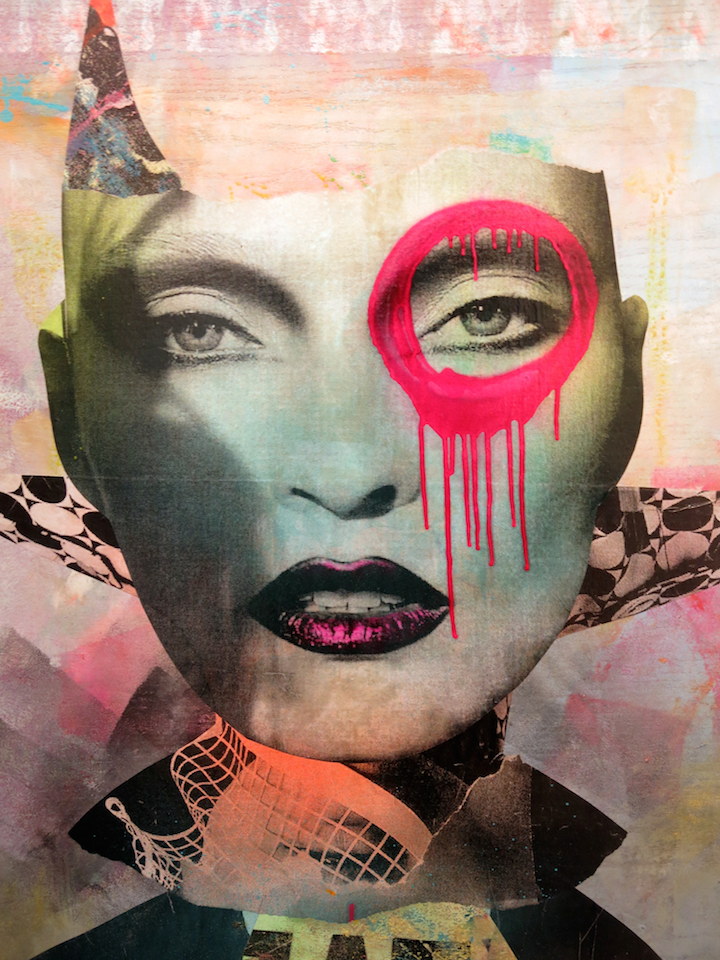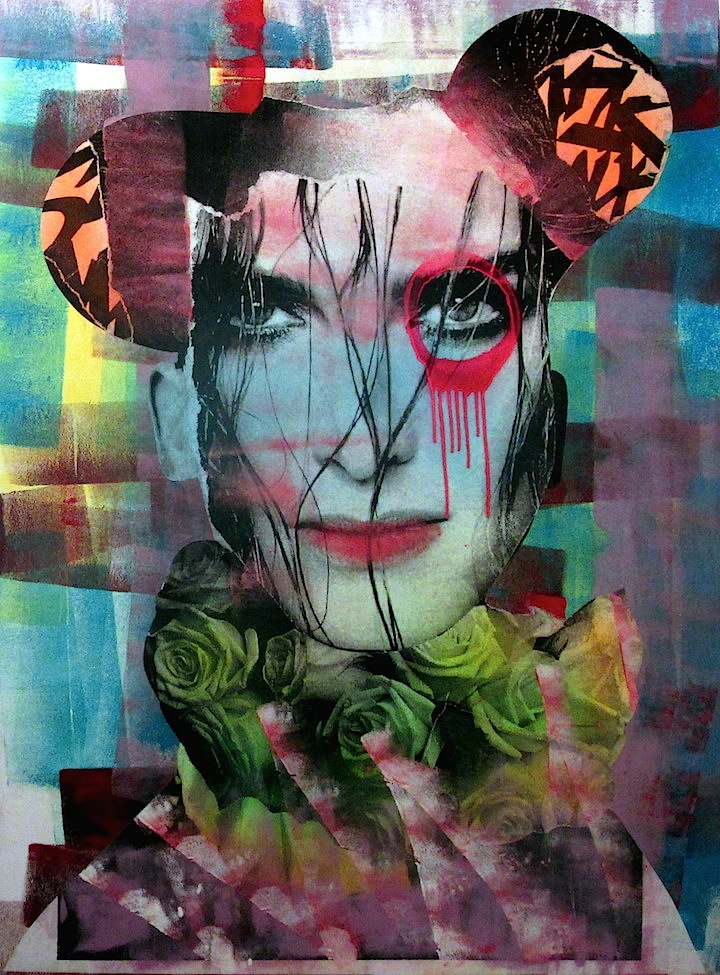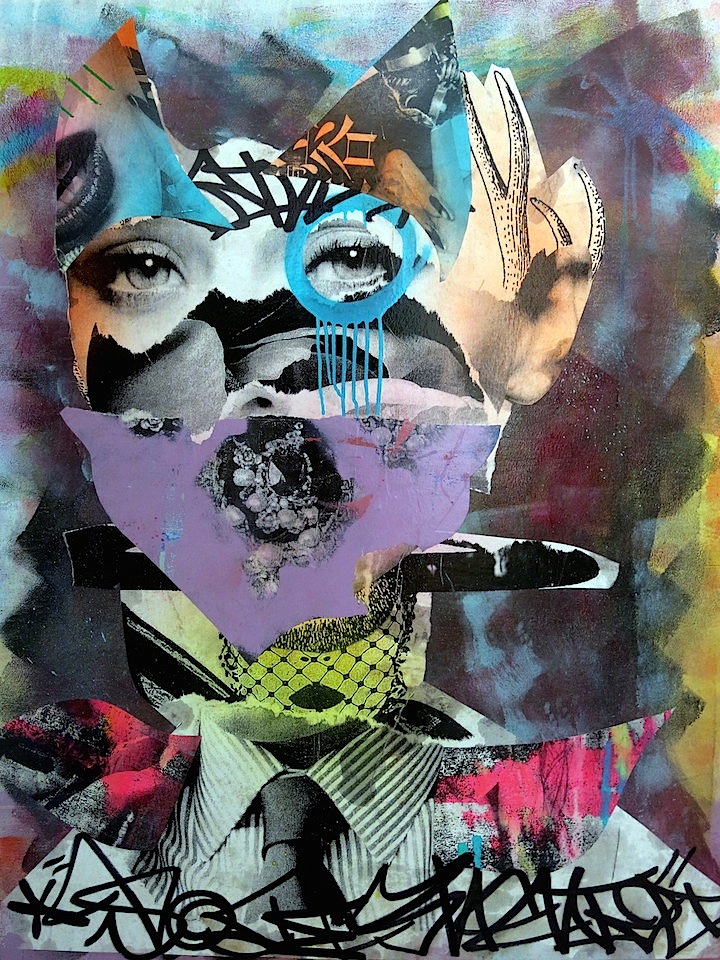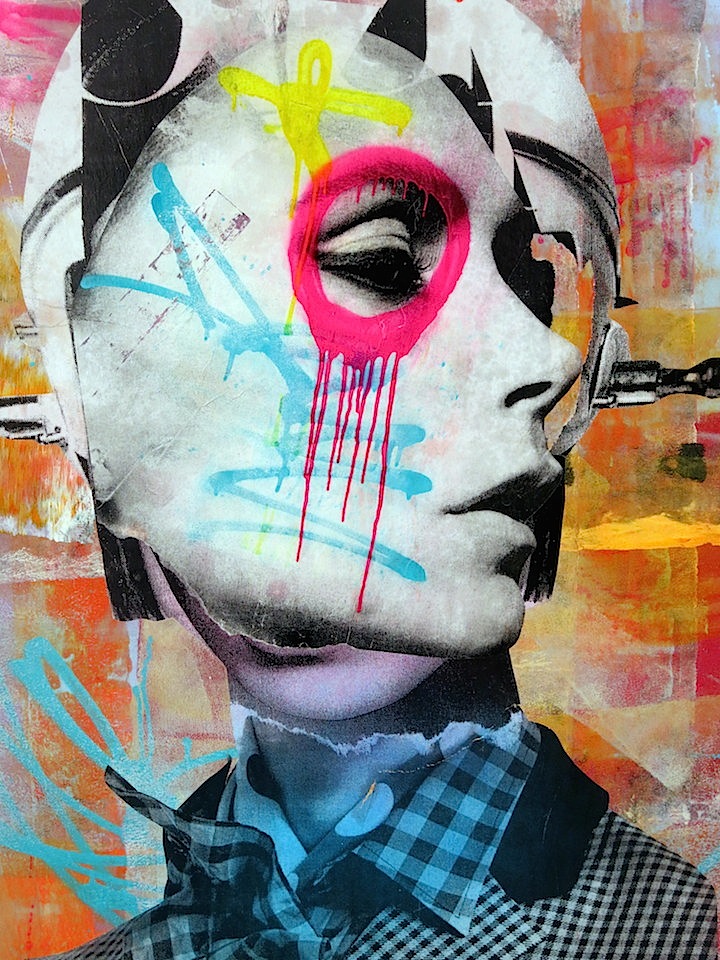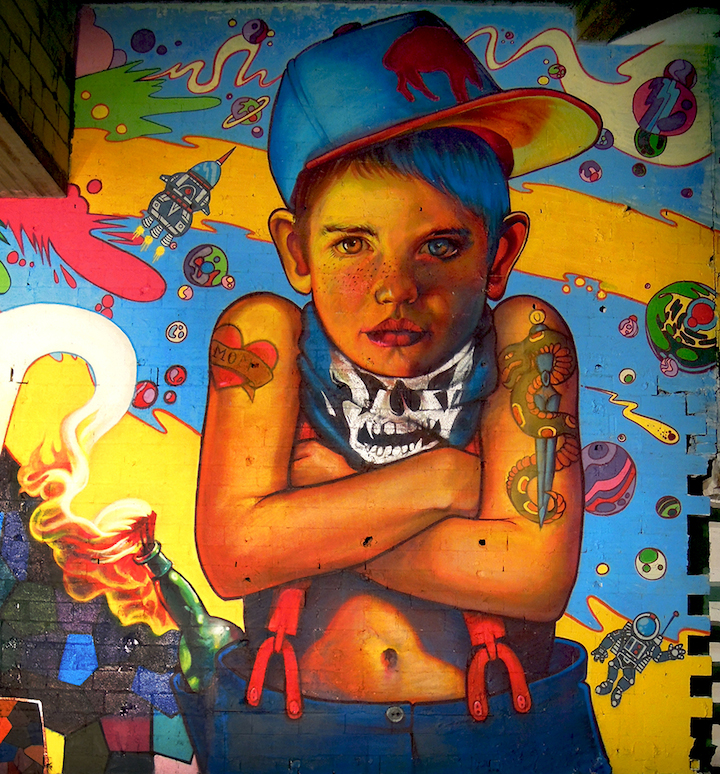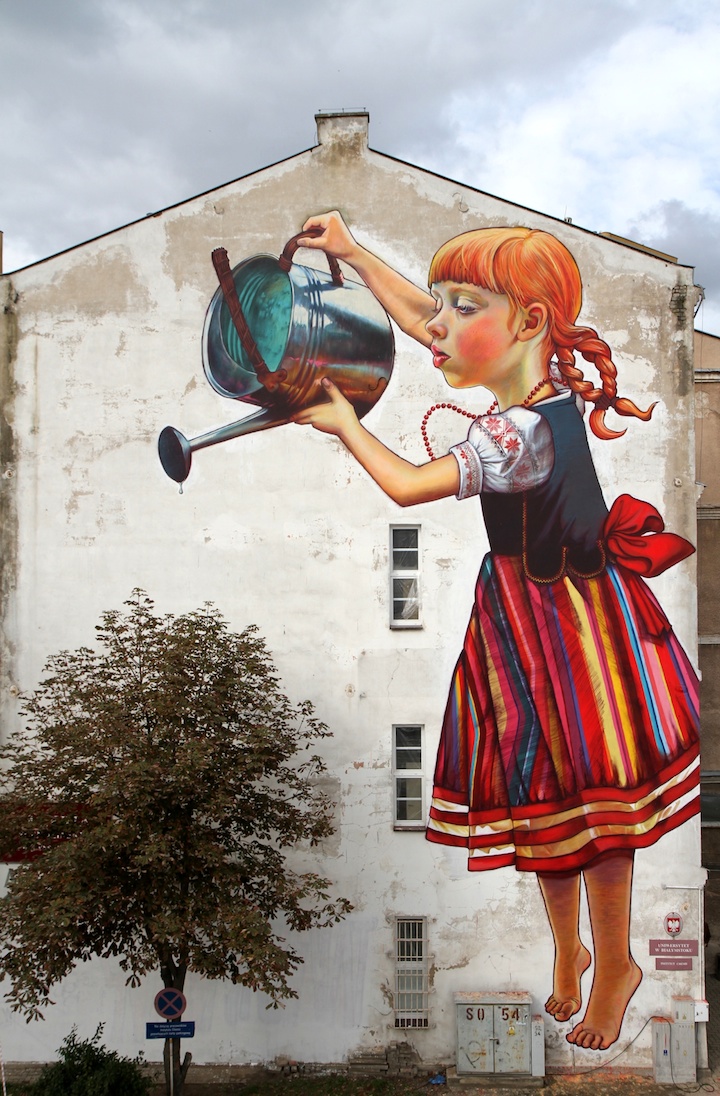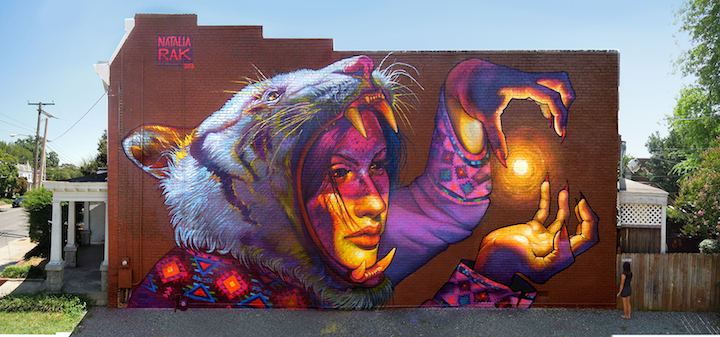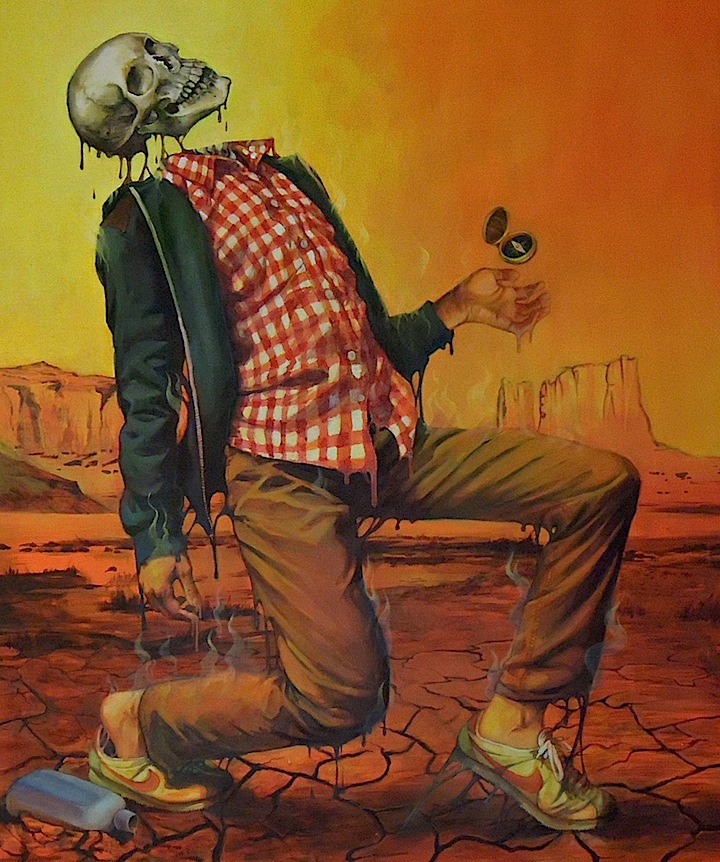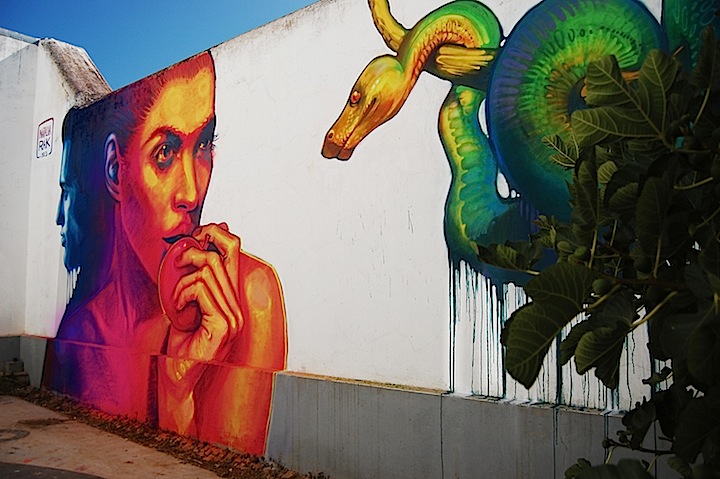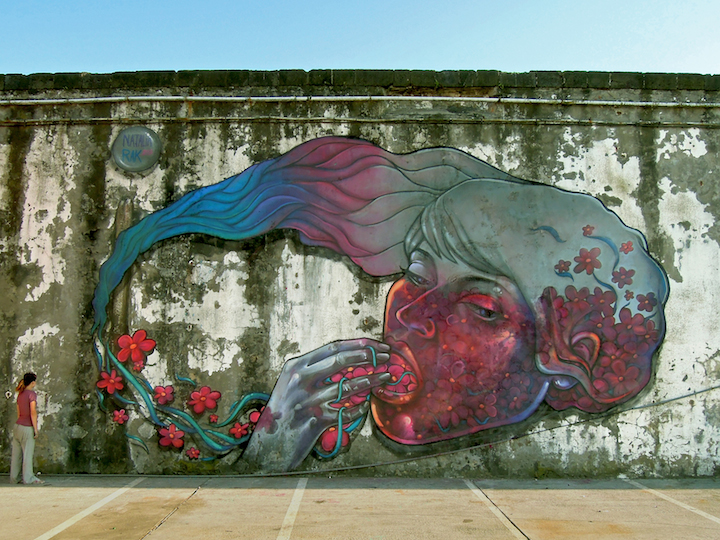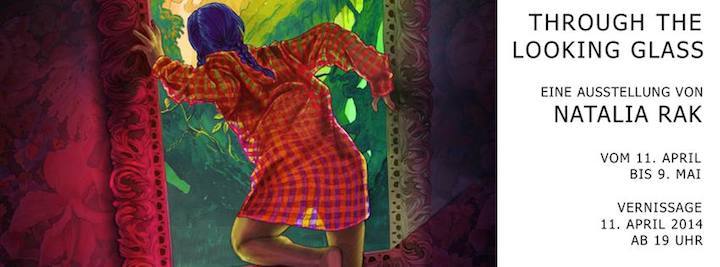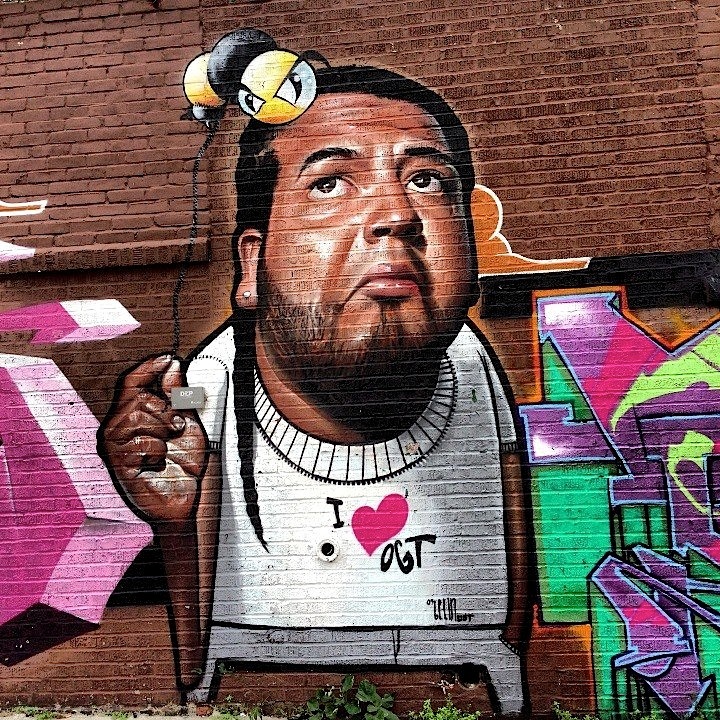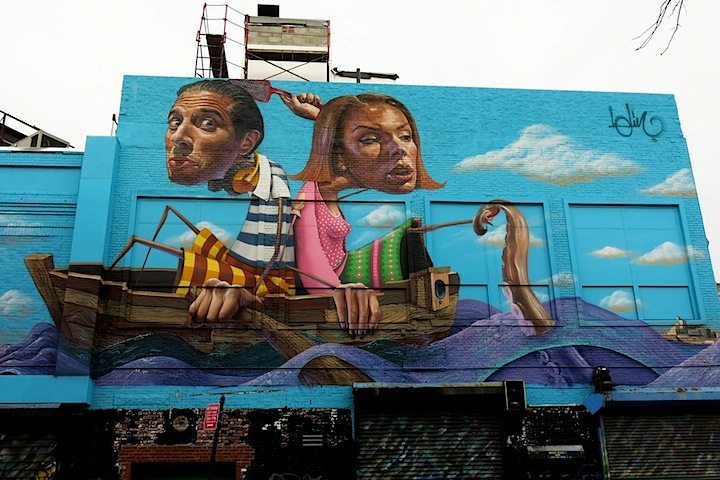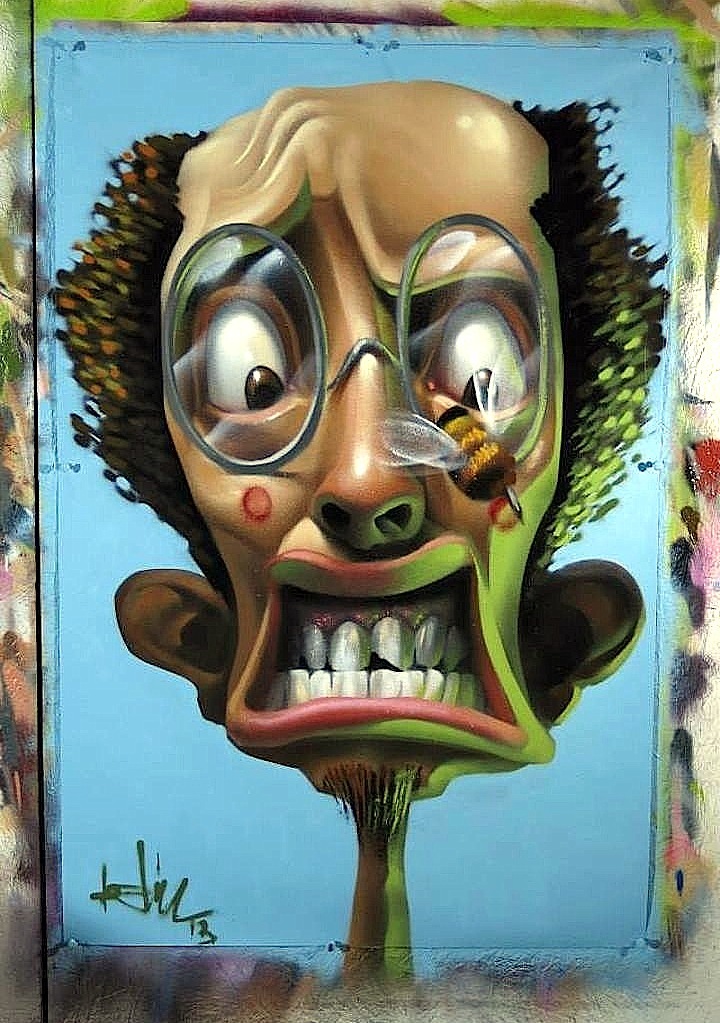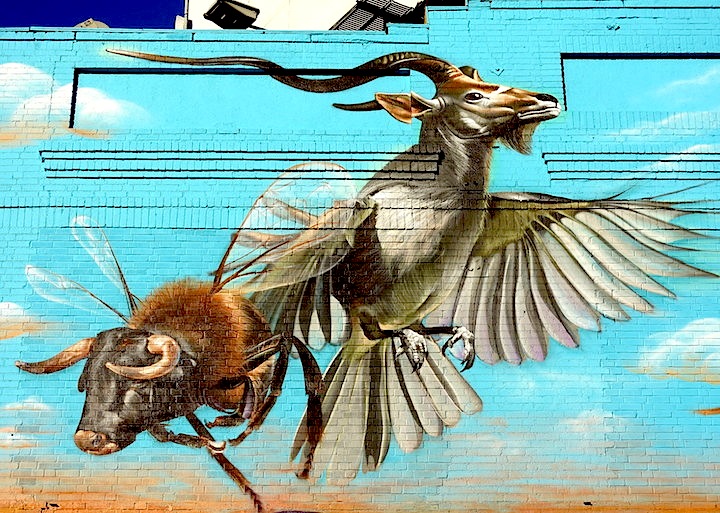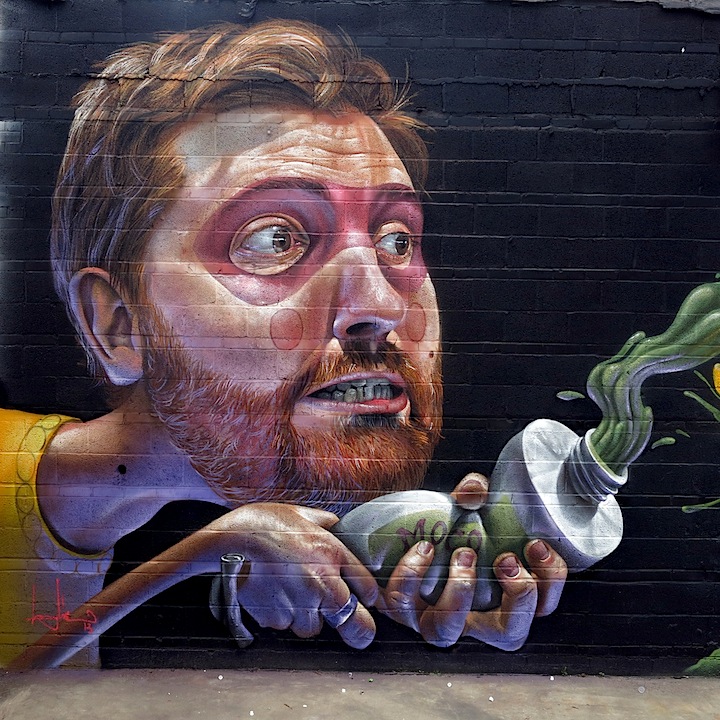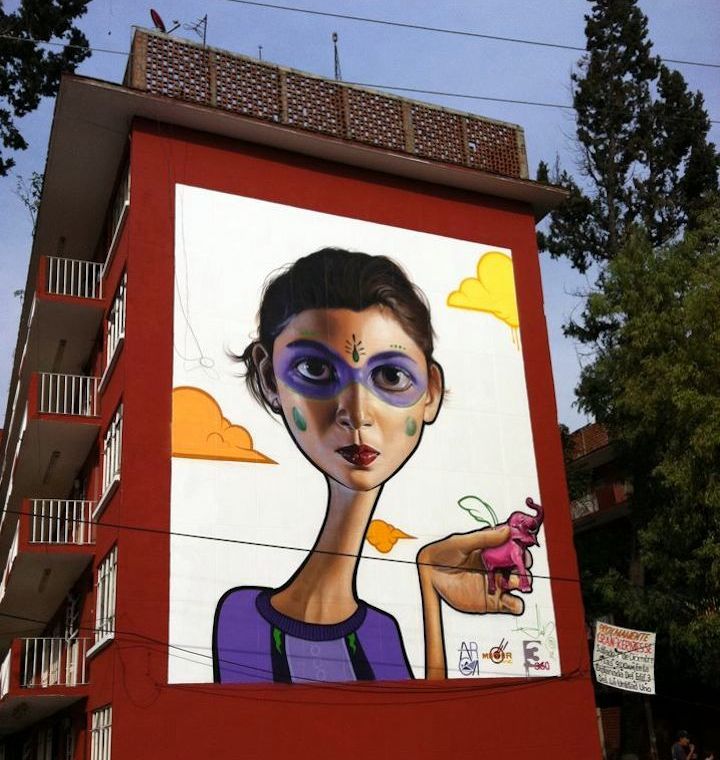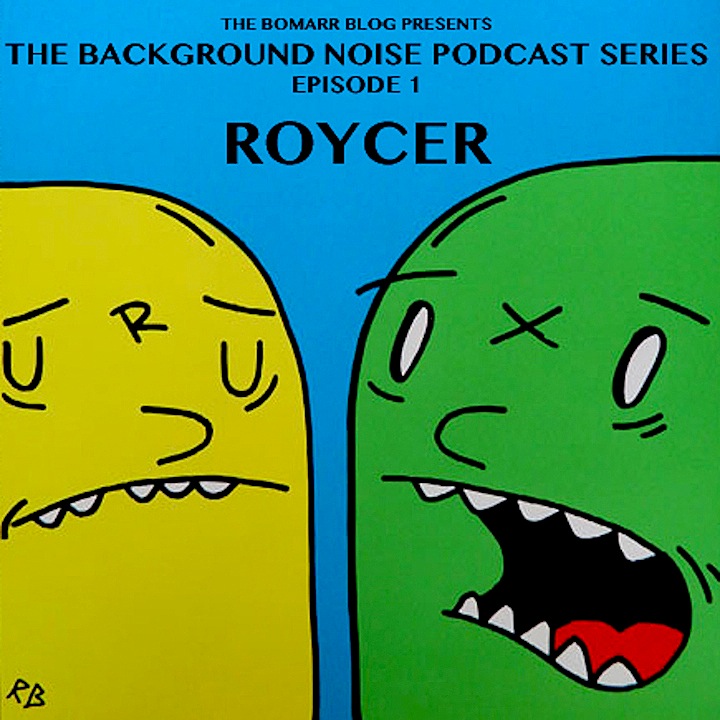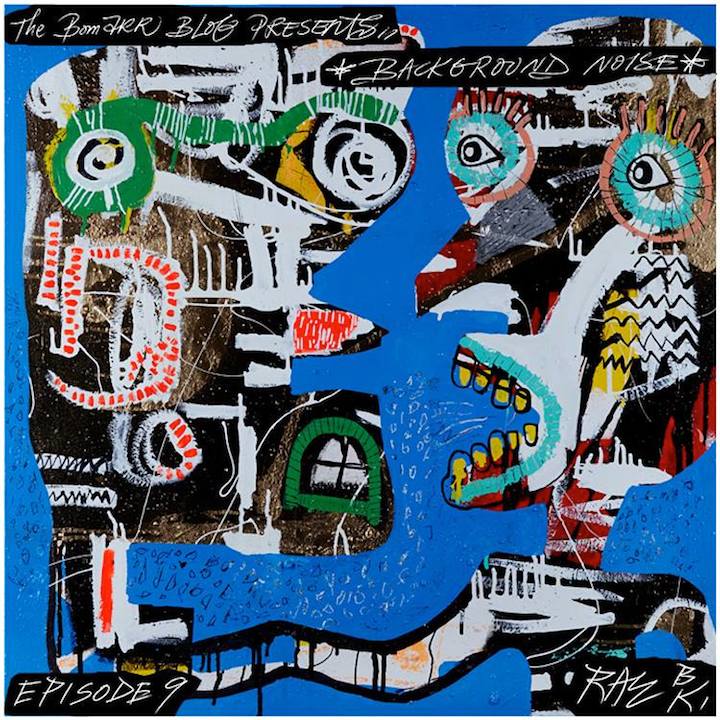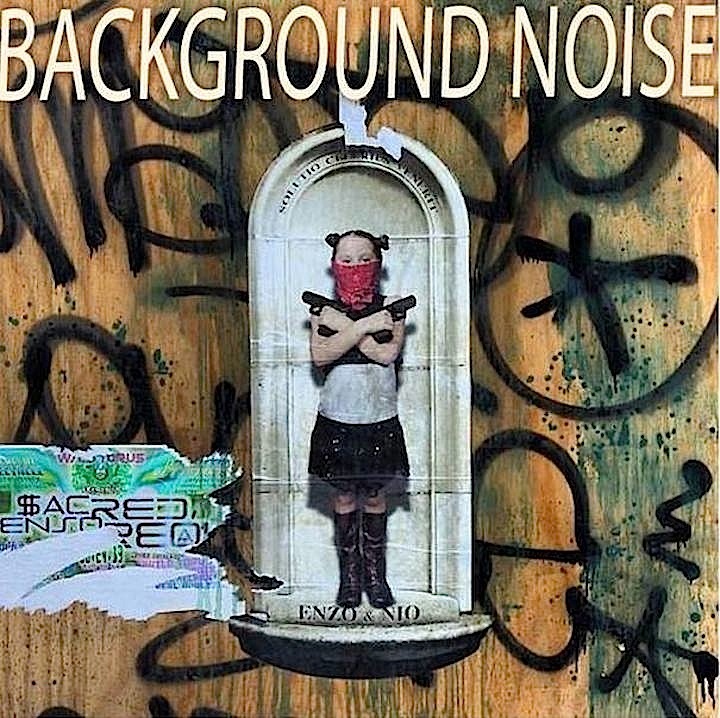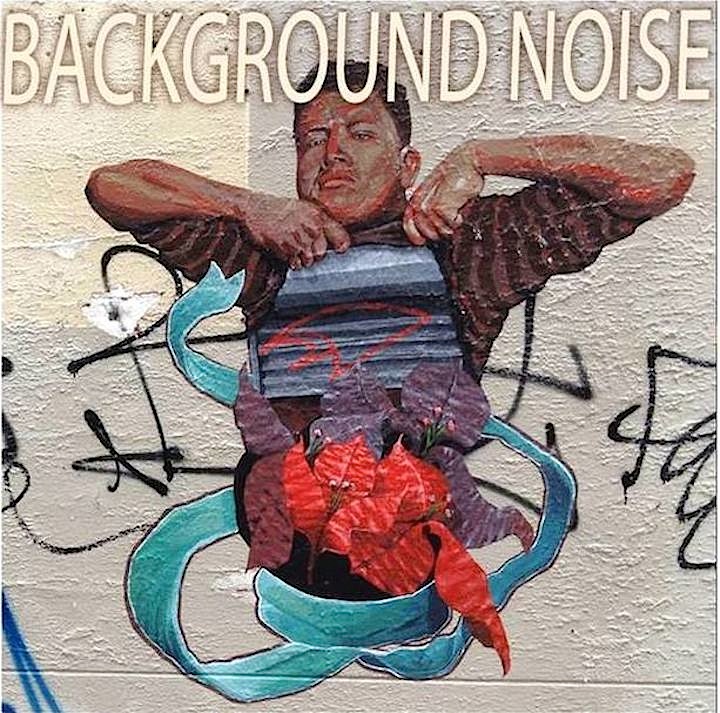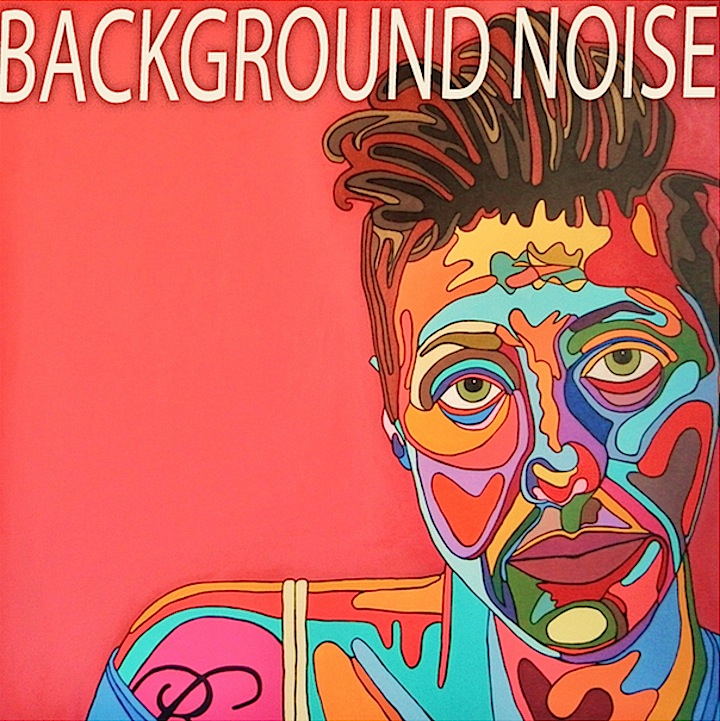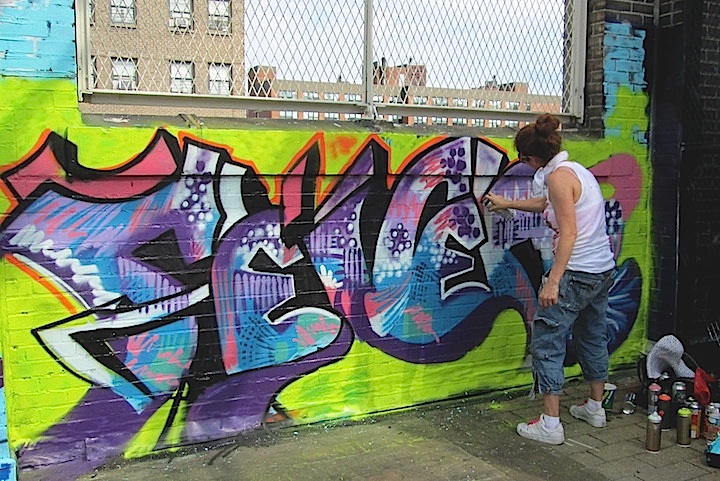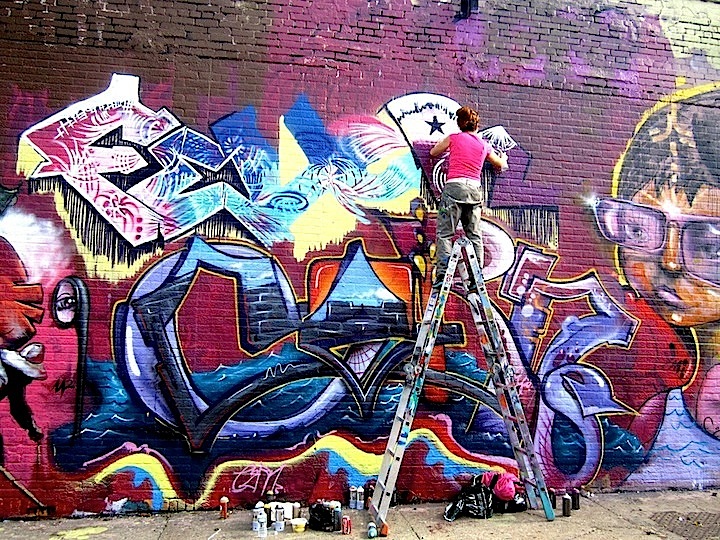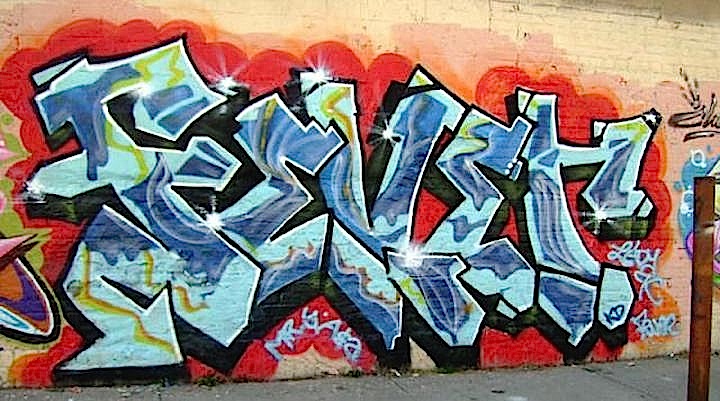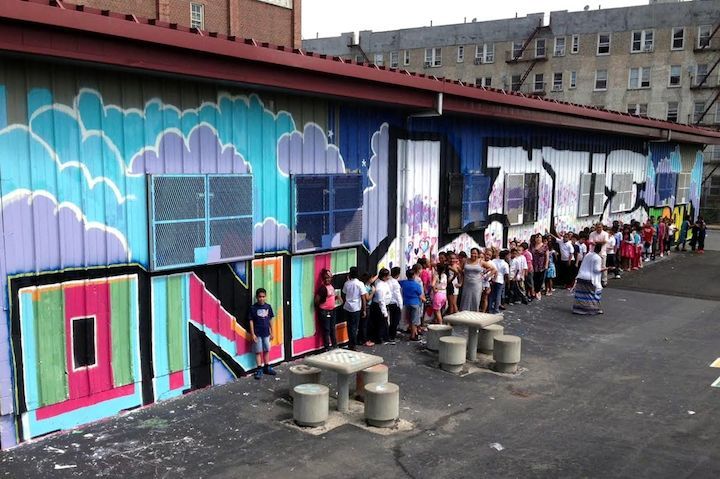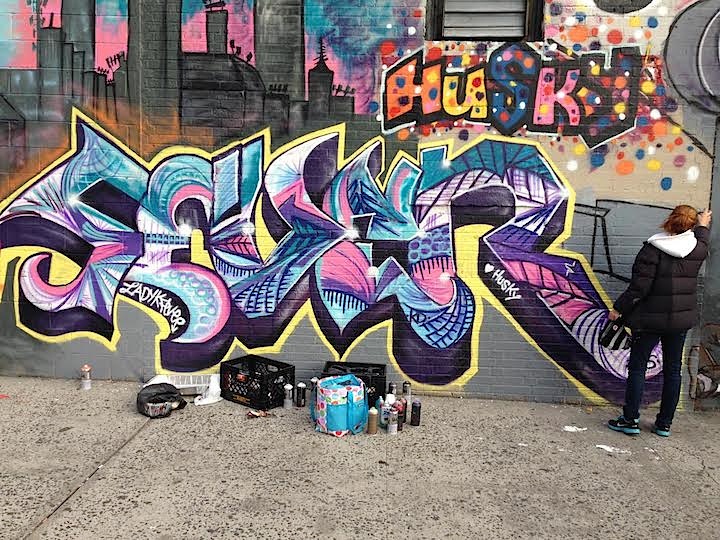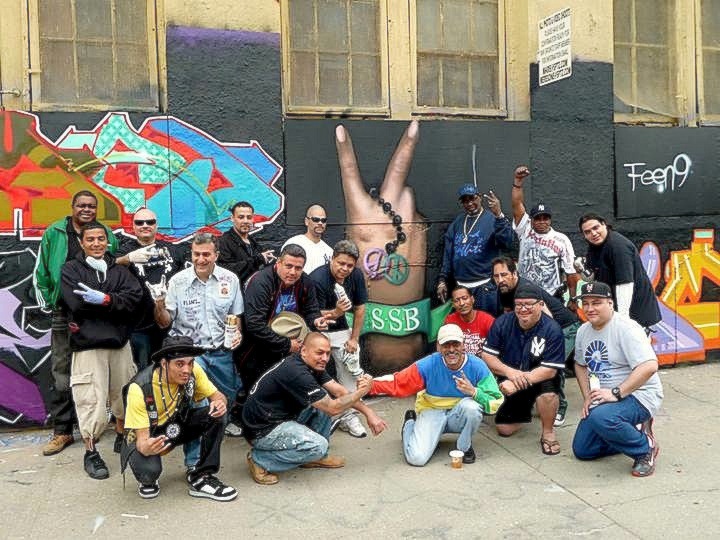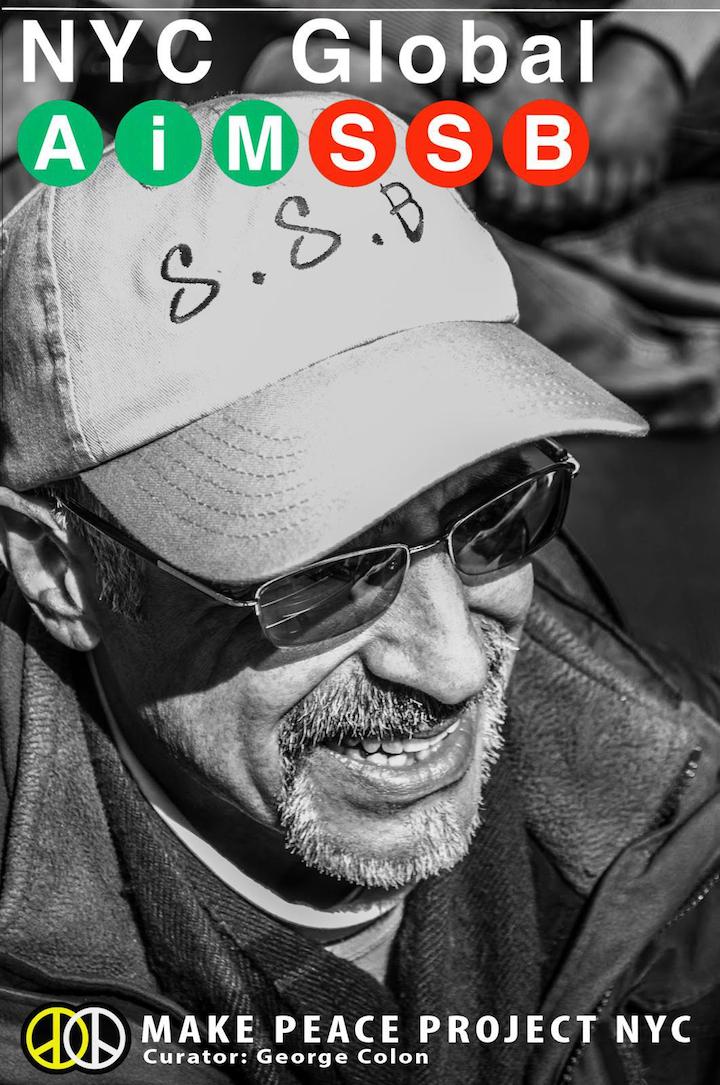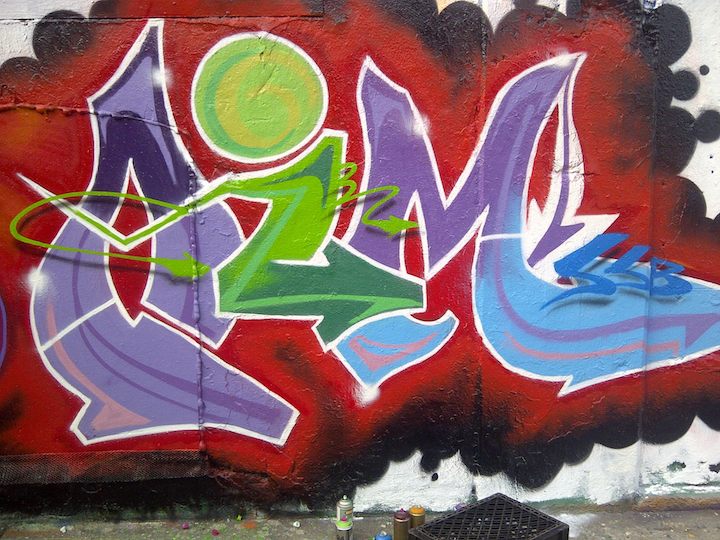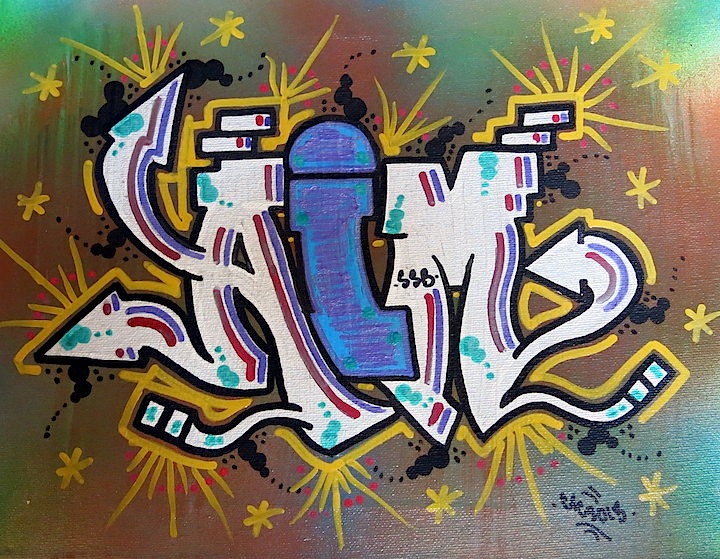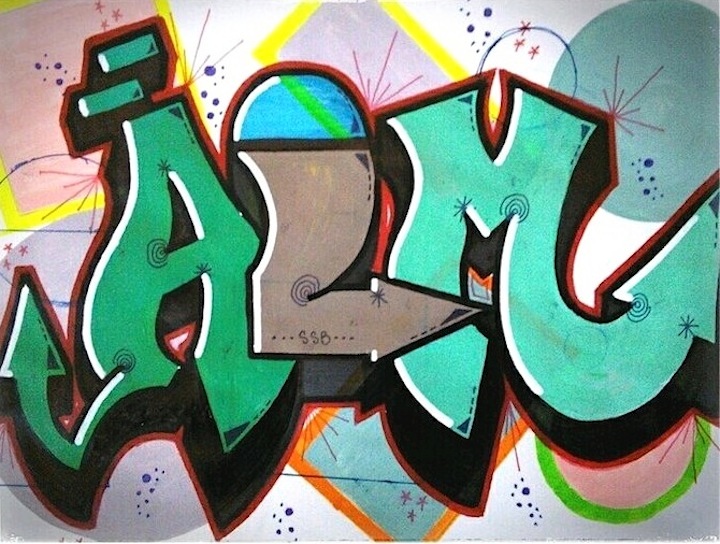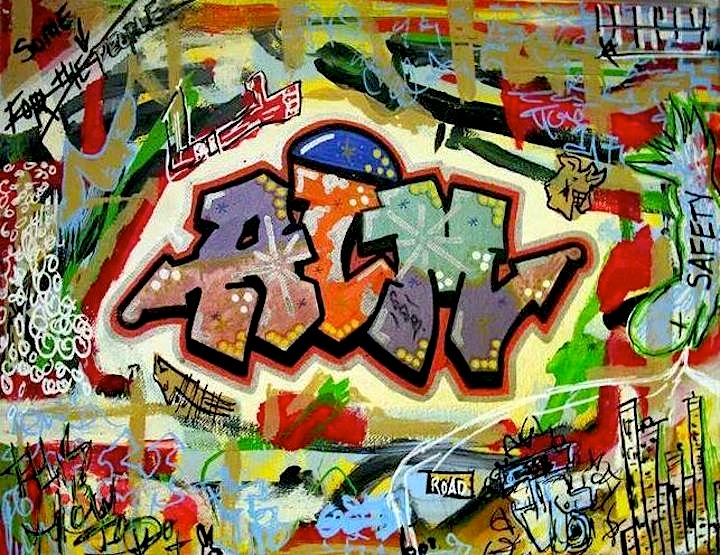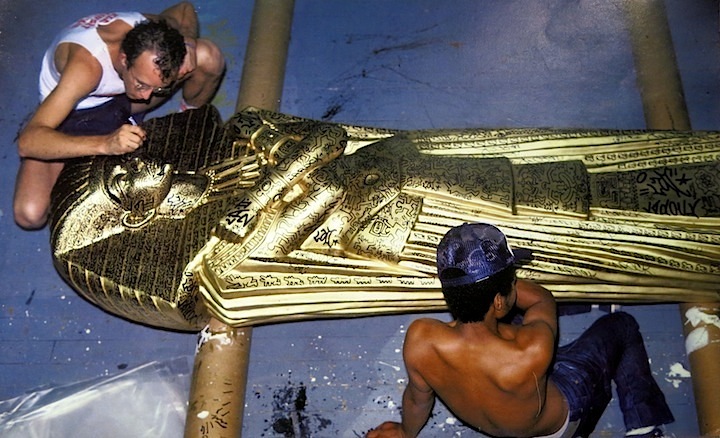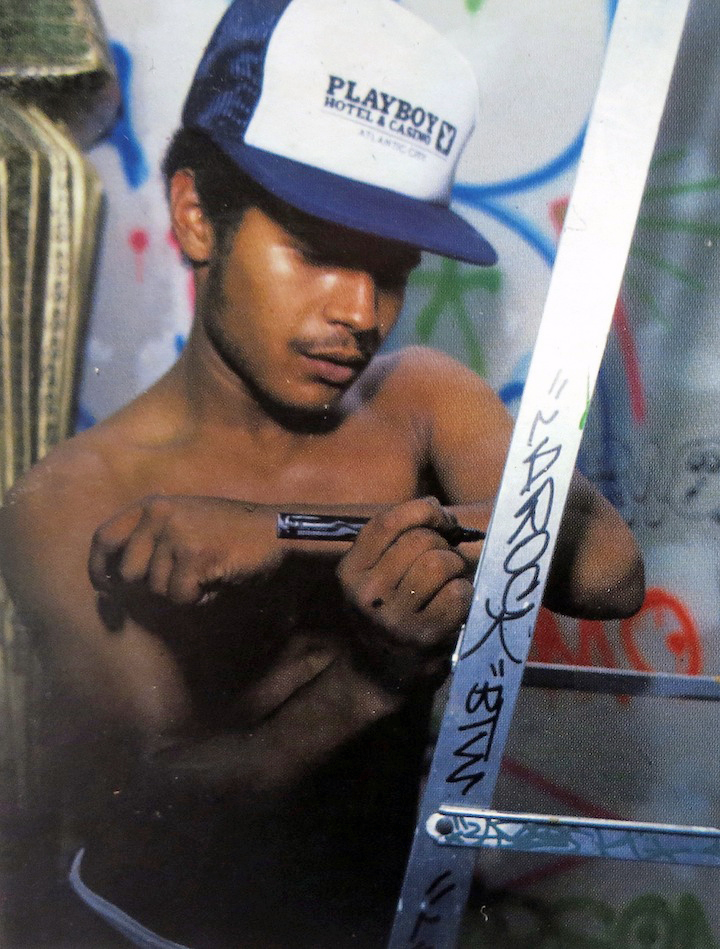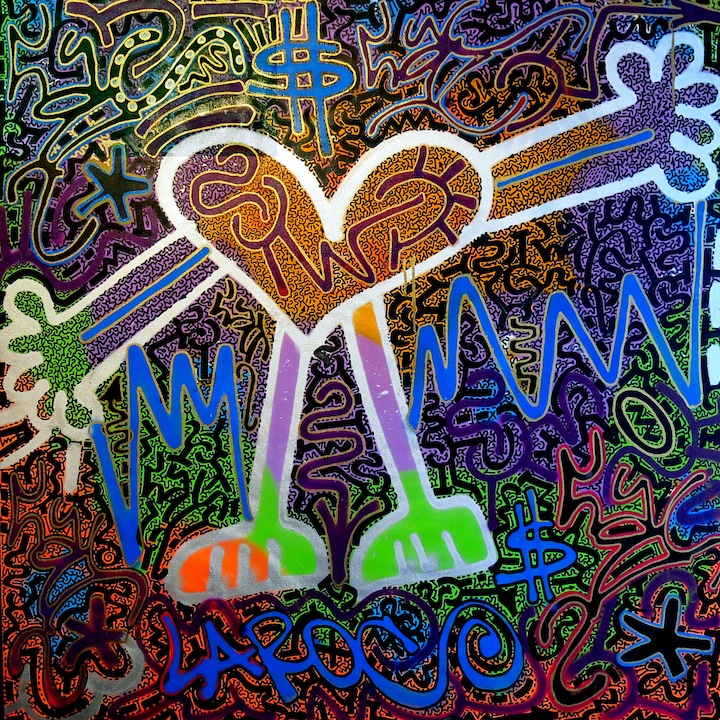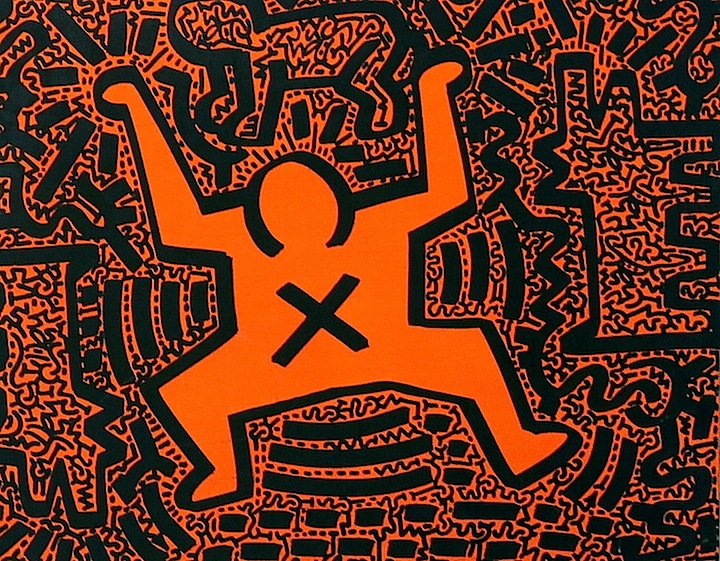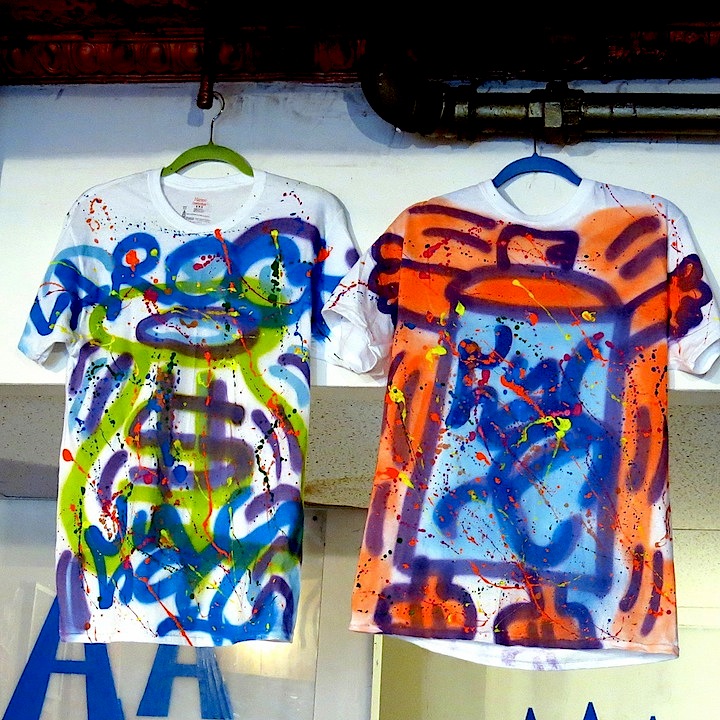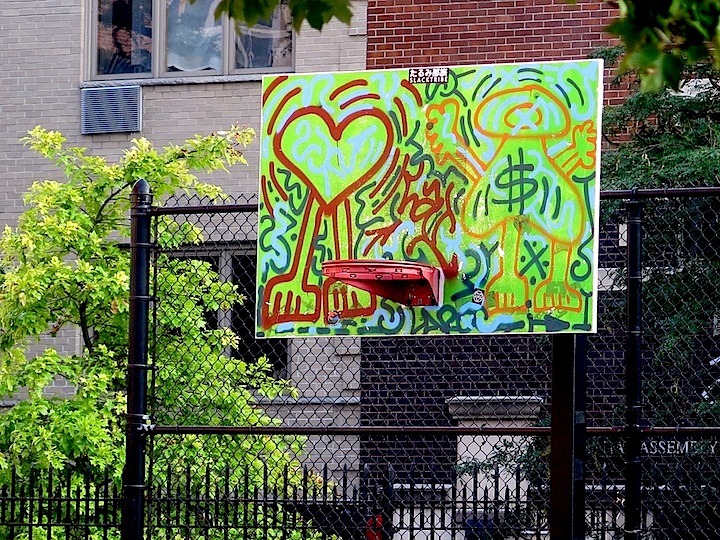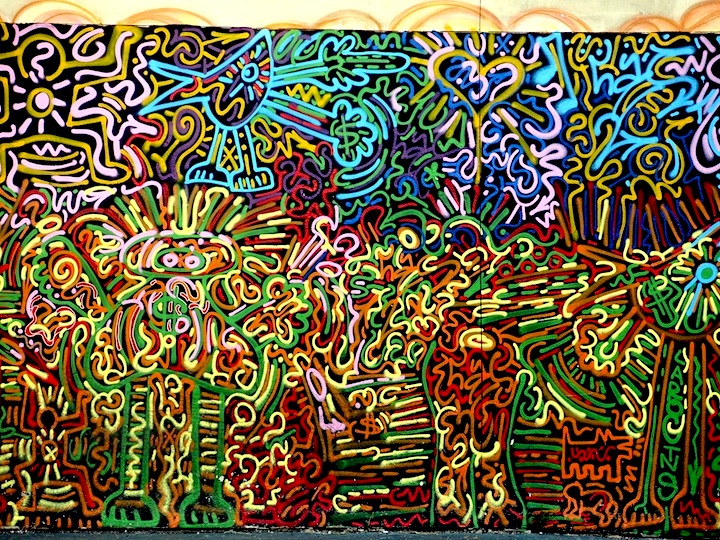A native of Barranquilla, Colombia, MICO is an undisputed pioneer of subway art. One of the first writers to get his name up in the early 70’s, MICO also used the trains that rolled through NYC to deliver powerful socio-political messages.
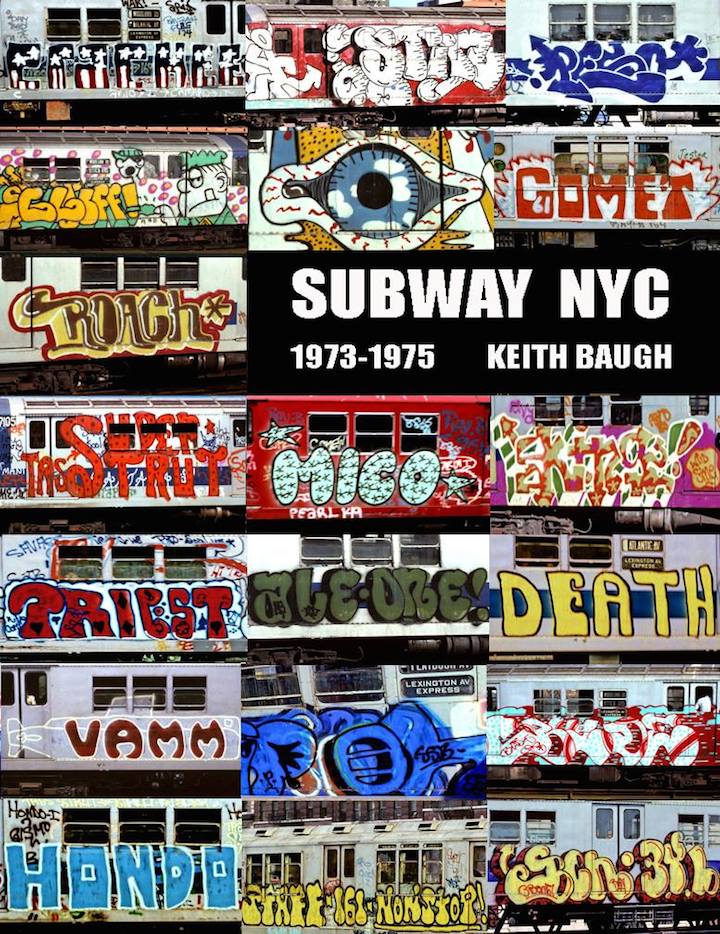
When and where did you first get up?
It was back in 1970 inside Erasmus High School in East Flatbush, Brooklyn. I used a pen at the time and thought it was so cool!
What inspired you back then?
Our main inspiration was the idea of writin’ our names everywhere and becoming known or famous. Also, I had no other creative outlets for self-expression. My high school didn’t offer me any art classes, and that frustrated me. I also, began meeting other writers like Undertaker Ash, WG, King of Kools, Dino Nod, Half, DECO, and along with my new found Colombian friends, we decided to start competing with those other writers that were already hittin’ the neighborhood walls.

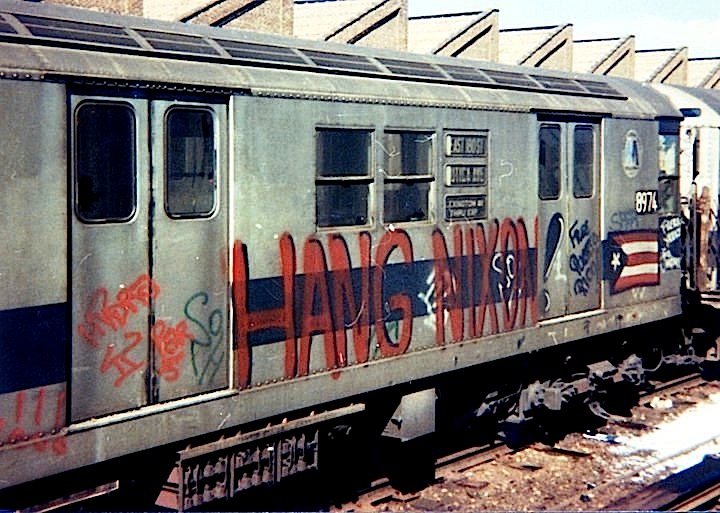
Any early memories that stand out?
My first MICO hit on a street wall with spray paint. I remember finding a can of silver paint in my building’s basement. And I used it to hit the base of a store window at the corner of Beverly Road and Flatbush Avenue.
What about your name? How did you come up with MICO?
Back in Colombia, there was a kid in my class who looked like a monkey. In Colombia, it is quite customary to be called a nickname, so we called him MICO, which means monkey in Colombia. That guy actually did look like a monkey. Obviously, he didn’t like the idea of being called a monkey. My best friend and I decided to write MICO all over the school walls with white chalk — to drive this guy crazy. Once in NYC, and in need of a name to hit, I thought that if I wrote MICO all over NYC, and that guy from Colombia ever visited and saw “MICO” on NYC walls, he would probably get a heart of attack.
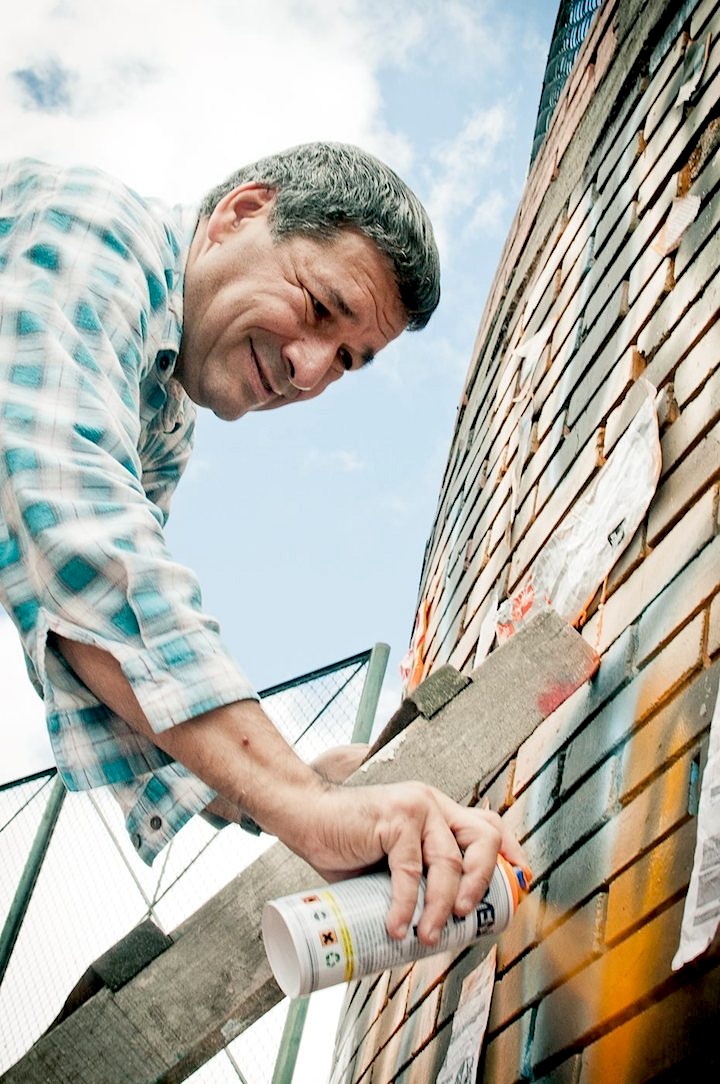
When did you begin hitting the trains? And why?
Early 1972. Remember — my friends at Erasmus Hall H.S. and I wanted to be famous. Once we started hittin’ the streets, my main writin’ partner MANI said, “If we hit our names in big letters with spray paint on the subways, our names will get around even more, and we will be even more famous.” The rest is history. Now the friendly competition we had engaged in with the other writers in East Flatbush became an all-city friendly competition with writers from the Bronx, Manhattan and the rest of Brooklyn. This friendly competition, however, began at the same time that a guerilla war against the NYC Metropolitan Transit Authority started — with life and death consequences.
You became known for your social and political messages – like “Hang Nixon,” and “Free Puerto Rico.” Can you tell us something about that?
From a young age, I always had a strong sense of social awareness and was sensitive to injustice the world over. I was always a newspaper reader. Once I started hittin’ the trains, I realized that I could use them as a vehicle to communicate socio-political stuff throughout NYC. And I did!
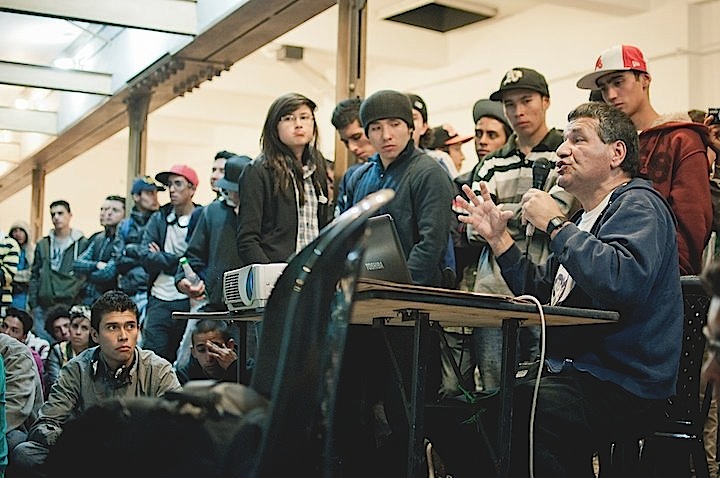
Were you ever arrested?
Yes. Back in the winter of 1972, Slim 1, a young Chinese writer, and I were bombing a newly-found RR underground train yard at City Hall. Apparently, they already had a video surveillance camera down there, and they sent down a uniformed cop to chase us out. We ran into the tunnel and made our way to Canal Street. But when we got there, Detective Steve Schwartz, the notorious detective of the MTA’s anti-graffiti force, was waiting for us.
Any other arrests come to mind?
In ’75 – after I’d stopped getting up on trains — I got arrested, along with another UGA member, for painting clandestine murals throughout NYC for a rally that was to take place outside the UN on November 1, 1975 in support of five Puerto Rican nationalists. The following morning, William Kunstler, the most famous radical lawyer at the time, showed up in the courtroom and had a private conference with the judge at the bench. We were immediately set free.
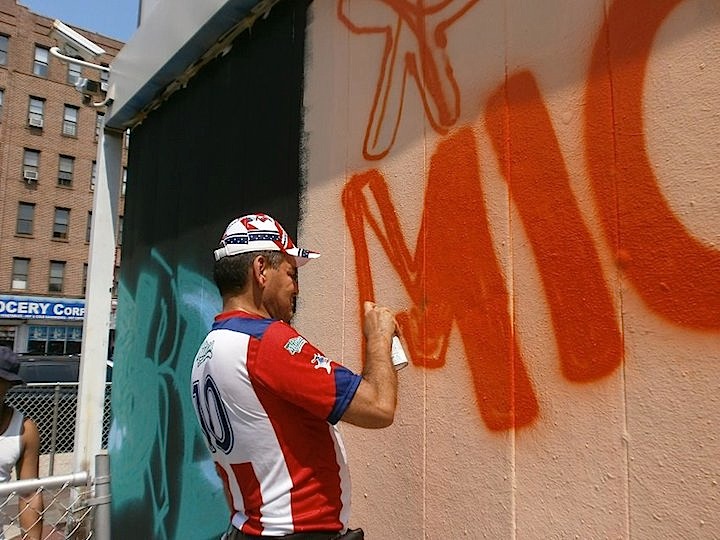
What is the riskiest thing you ever did back then?
Probably having to climb down from the elevated tracks of the 4 train to the street in the cold winter while the cops were chasing me and others.
Were you involved with any crews?
In 1970, I co-founded with MANI, SALVAJES, the first all-Latino writin’ group in Brooklyn. It consisted of three Colombians and one writer from Spain. I also became the first writer from Brooklyn voted into UGA.
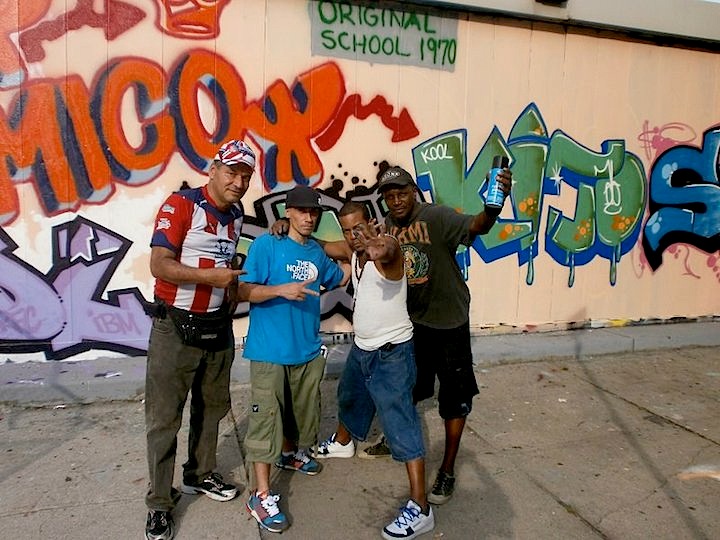
How did your family feel about what you were doing?
My mother did not approve at all. I was made homeless by a decision she made when I was 16. That is one of the reasons I spent so much time on the trains.
How do you feel about the movement of graffiti into galleries?
It’s bittersweet as it takes it out of its original vandalism context and brings it into the world of commerce. And instead of your work being in a public space for everyone to enjoy or hate, it now belongs to some collector who hides the work in his or her collection.
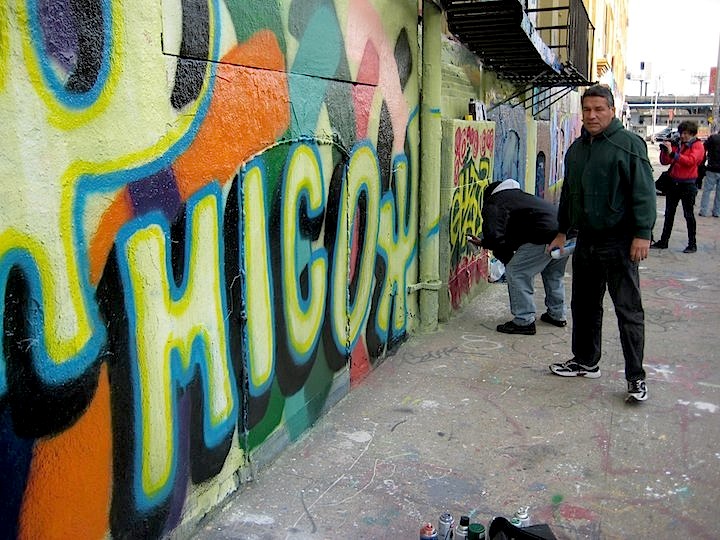
Have you exhibited your work in galleries?
Yes. My painting “MICOflag” was the first painting sold in the Razor Gallery in 1973. In fact, it was the first time in history that a spray paint masterpiece on canvas was purchased in an art gallery setting. I’ve also shown in other galleries and in the Chicago Museum of Science and Industry. In 2006 I was one of five US artists invited to participate in the 9th Havana Art Biennial.
In retrospect, have you any thoughts regarding the original school of writers?
We were the ones who sailed through unchartered waters. We risked our lives to the 600 volts of juice on the third rail. Part of our experience was to discover the various layups and train yards for the next generation of writers. It was interesting that every single one of us in the Original School — who took what were doing seriously — always had a sense of originality. We tried to outdo ourselves with the next masterpiece, and we also had a sense of respect and tolerance for the work done by other writers.
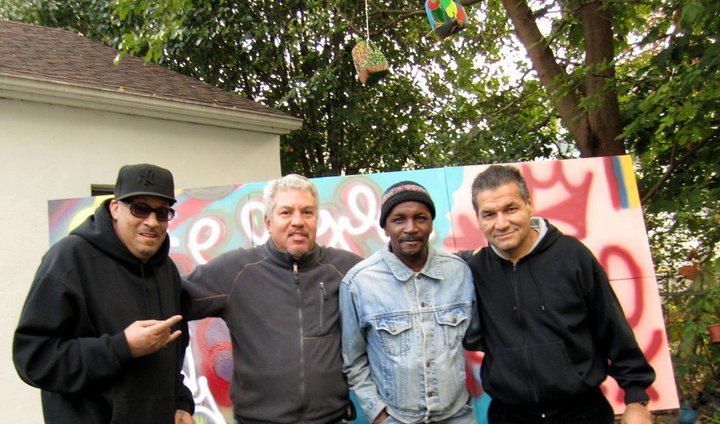
What about the evolution of graffiti? What do you think about what’s happening these days?
I’m impressed! Its technicality amazes me.
What about your art? How has it evolved through the years?
It’s evolved from letters to figures to abstract social realism, a style I began to develop in the mid 80’s.
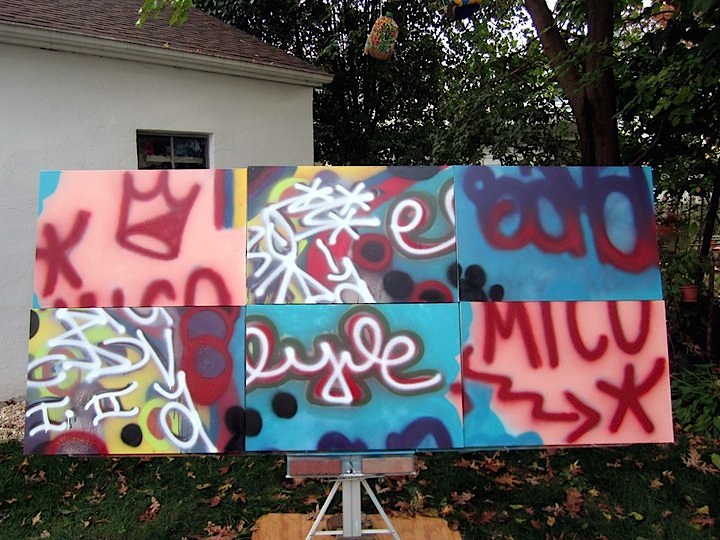
Do you work with a sketch-in-hand or do you just let it flow?
It all comes from my head. I never use in-hand-sketches. I do sketch on paper…but usually it becomes a work of art in itself
What inspires you these days?
Societal issues that arise in everyday life. Justice and injustice.
Are there any specific cultures that have influenced your aesthetic?
Indigenous and urban.
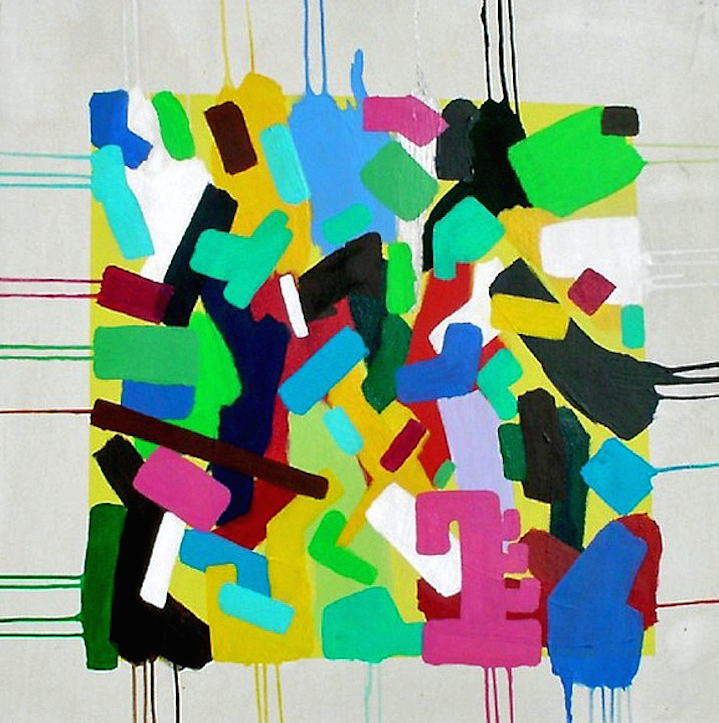
What do you see as the role of the artist in society?
His or her role is to express and convey ideas that need to be out there. The artist is a recorder of historical events who gives these events an artistic twist.
What are some of your other interests?
My main focus these days is on my family, social and political realities and preserving nature.
If you were getting messages onto trains these days, what would your message be?
Why is there ALWAYS money for war, but not for education?
Why does the 1% continue to make life miserable for the other 99% — even if it means criminal behavior — AND get away with it?
What’s ahead?
More art.
Interview by Lois Stavsky with Richard Alicea; first image © Keith Baugh; all photos by MICO or Reserved Rights; photos 3 & 4 in Bogota, Colombia; all others in NYC
